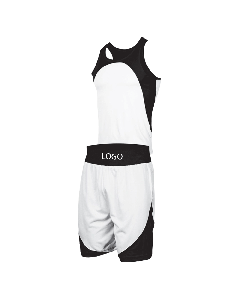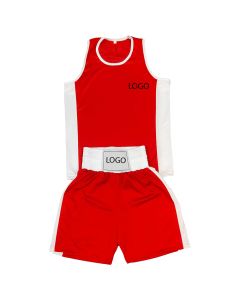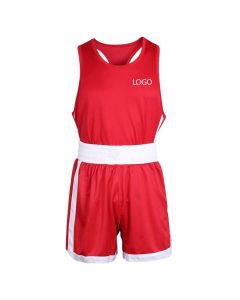Martial arts, with their diverse styles and techniques, have captivated people around the world for centuries. Beyond the physical aspects, martial arts encompass a deep-rooted philosophy of discipline, respect, and personal growth. At the heart of this rich tradition lies the martial arts uniform, an iconic symbol that represents the essence of these ancient practices. In this article, we delve into the significance of martial arts uniforms, exploring their history, purpose, and cultural importance.
The Roots of Martial Arts Uniforms
The origins of martial arts uniforms can be traced back to ancient times, where warriors and practitioners sought distinctive garments that provided functionality, comfort, and an air of reverence. As martial arts evolved, so did the uniforms, adapting to specific styles and philosophies.
One of the most renowned martial arts, originating from Japan, is judo. Its uniform, known as a judogi, reflects the deep traditions and values inherent in this discipline. The judogi consists of a cotton jacket (uwagi), pants (zubon), and a belt (obi) that signifies the practitioner's rank. The simple design and thick fabric of the judogi emphasize the importance of durability, endurance, and discipline.
Karate, another prominent martial art, has its own distinctive uniform. The karategi, typically white in color, consists of a loose-fitting jacket (gi) and pants (zubon), secured with a belt. The minimalist design allows for freedom of movement while maintaining the sense of discipline and respect that karate embodies.
The Purpose of Martial Arts Uniforms
Martial arts uniforms serve several essential purposes within the practice and philosophy of martial arts.
Firstly, uniforms create a sense of equality and unity among practitioners. Regardless of social status or background, once adorned in a uniform, all practitioners are on an equal footing. This fosters a spirit of camaraderie and mutual respect among martial artists, transcending differences and emphasizing the shared pursuit of self-improvement.
Secondly, martial arts uniforms are practical and functional. The loose-fitting nature of the garments allows for a wide range of motion, enabling practitioners to execute techniques with ease. The sturdy fabric of the uniforms withstands rigorous training sessions, providing comfort and durability.
Additionally, uniforms serve as a form of protection during training. The thick material helps absorb impact and minimizes the risk of injury, offering practitioners a degree of safety while practicing strikes, throws, or grappling techniques.
Cultural and Symbolic Importance
Martial arts uniforms are more than mere clothing; they embody cultural traditions, values, and symbolism that extend beyond the training hall.
In many martial arts, the color of the belt represents a practitioner's rank or level of expertise. The belt system allows for a clear progression of skills, marking the journey from novice to master. As practitioners advance through different belt colors, they demonstrate their commitment, dedication, and knowledge of the art form.
The uniform also serves as a visual representation of the martial art itself. The distinctive appearance of each style's uniform instantly identifies practitioners and allows them to be recognized as part of a particular martial arts community. This visual identity strengthens the sense of belonging and pride among practitioners, fostering a deeper connection to the art and its heritage.
Moreover, martial arts uniforms often carry emblems or patches that denote the practitioner's affiliation with a specific school or organization. These insignias serve as a reminder of the lineage and history associated with the martial art, connecting practitioners to a broader community and shared legacy.
Evolution and Modernization
While martial arts uniforms are steeped in tradition, they have also evolved to accommodate the needs of contemporary practitioners.
Today, many martial arts schools offer uniforms that are not only functional but also visually appealing. Design elements, such as contrasting colors, decorative stitching, or embroidered logos, are incorporated to add a touch of personalization and aesthetic appeal while still respecting the core principles of the art.
Additionally, advancements in fabric technology have improved the comfort and functionality of martial arts uniforms. Lightweight, breathable materials now allow practitioners to train comfortably for extended periods, wicking away moisture and promoting airflow. These innovations enhance the overall training experience without compromising the traditional aspects of the uniform.
Conclusion
Martial arts uniforms are a testament to the rich heritage and deep-rooted traditions that characterize these ancient disciplines. They serve as a unifying force, symbolizing equality, respect, and personal growth among practitioners. Beyond their practicality, martial arts uniforms embody cultural significance, connecting individuals to a broader community and the timeless values associated with martial arts. As these uniforms continue to evolve with the modern world, they remain a powerful symbol of tradition, discipline, and identity within the martial arts realm.















